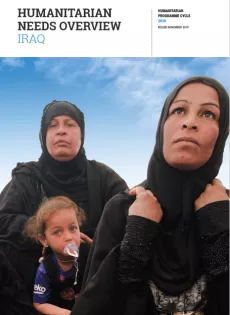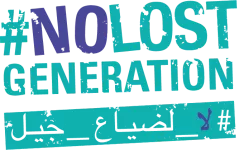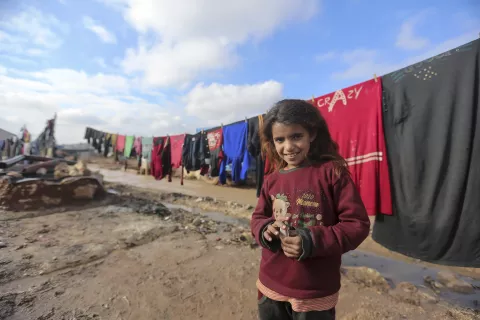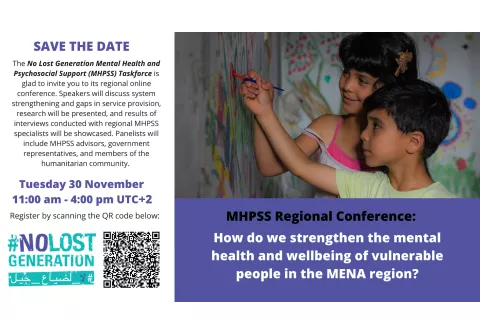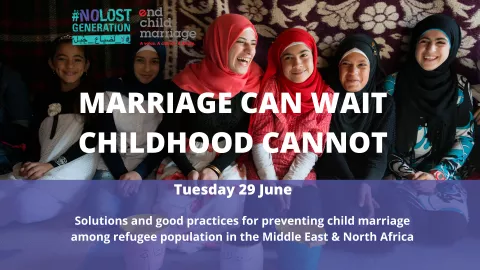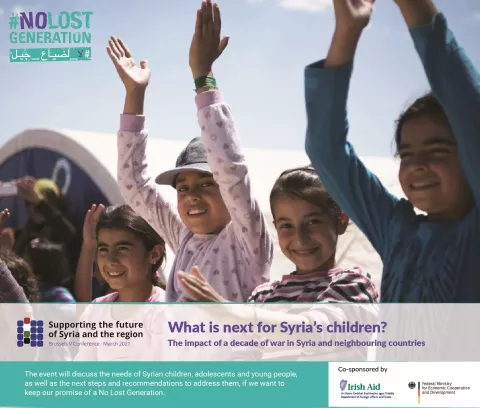Humanitarian Needs Overview Iraq 2020
OCHA
Highlights
The situation in Iraq remains unstable with widespread humanitarian concerns. Years of conflict uprooted millions of people, eroded social cohesion, disrupted access to basic services, destroyed livelihoods and led to increased protection risks. With weak central governance and limited progress towards recovery and development, the situation has become protracted and millions of people across Iraq remain in need of humanitarian assistance.
In 2020, Iraq is simultaneously categorized as an upper middle-income country and one that INFORM’s Global Risk Index labels as “very high risk” of a humanitarian crisis. More than two years after Iraq’s military operations against the Islamic State of Iraq and the Levant (ISIL) ended, social, ethnic and sectarian tensions persist on multiple fronts. Political uncertainty and natural disasters continue to intensify humanitarian needs. In October 2019, protests against the recently-elected federal government erupted in Baghdad and other governorates, threatening the fledgling stability and narrowing the national focus. Also in October, a military offensive by Turkey against Kurdish forces in north-east Syria increased insecurity and uncertainty on Iraq’s western and northern borders and created an influx of Syrian refugees.
The most vulnerable people in Iraq and those in acute need of humanitarian assistance are those directly affected by the 2014-2017 conflict against ISIL, particularly those who were displaced and whose lives and livelihoods were uprooted and destroyed. In August 2019, the Government of Iraq consolidated and closed a number of IDP camps, with a stated goal of all IDPs returning home by the end of 2020. The humanitarian community in Iraq supports voluntary, dignified, informed and sustainable returns and will continue to encourage and facilitate returns in line with the agreed Principled Framework for Returns, and to support government and development partners in identifying durable solutions in areas of origin with high severity for those who wish to return.
IDPs are increasingly moving to non-camp locations or returning to their areas of origin, with unsuccessful attempts at the latter increasingly leading to the former. The needs both of returnees in areas of origin, and out-of-camp IDPs in need of assistance (mostly in areas in northern and central Iraq), are particularly severe. Ninety three per cent of districts in northern and central Iraq report access constrains including, but not limited to, intimidation, presence of armed actors, checkpoint issues, explosive ordnance, and bureaucratic and administrative restrictions.
